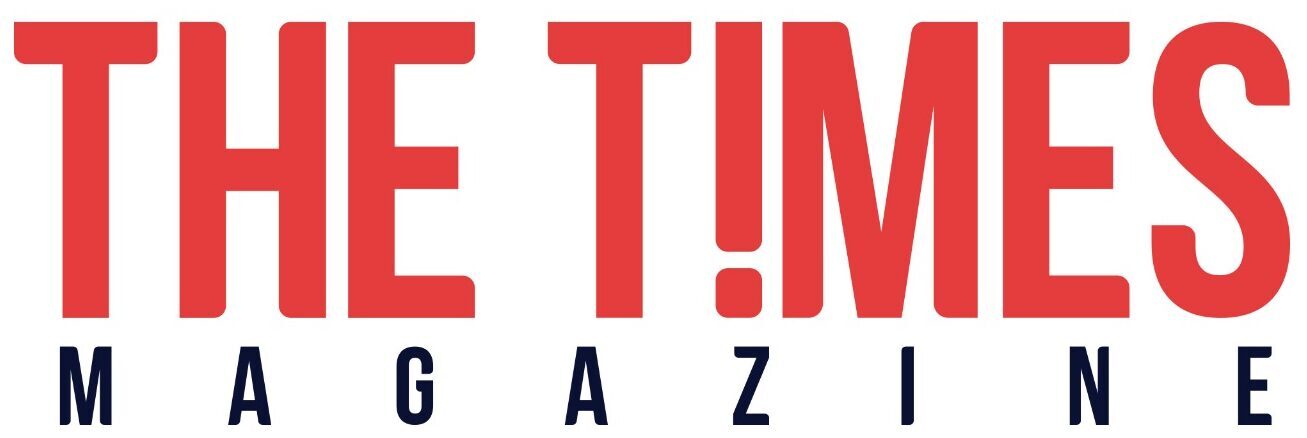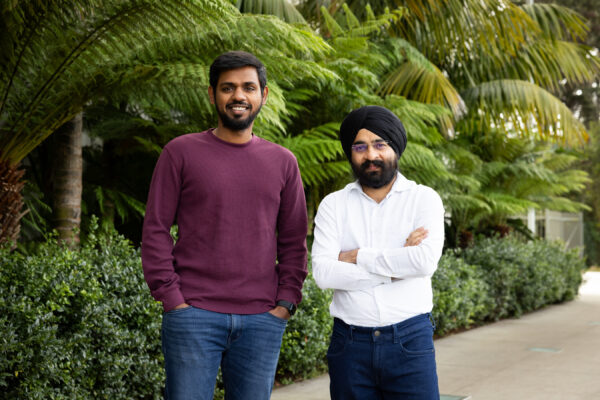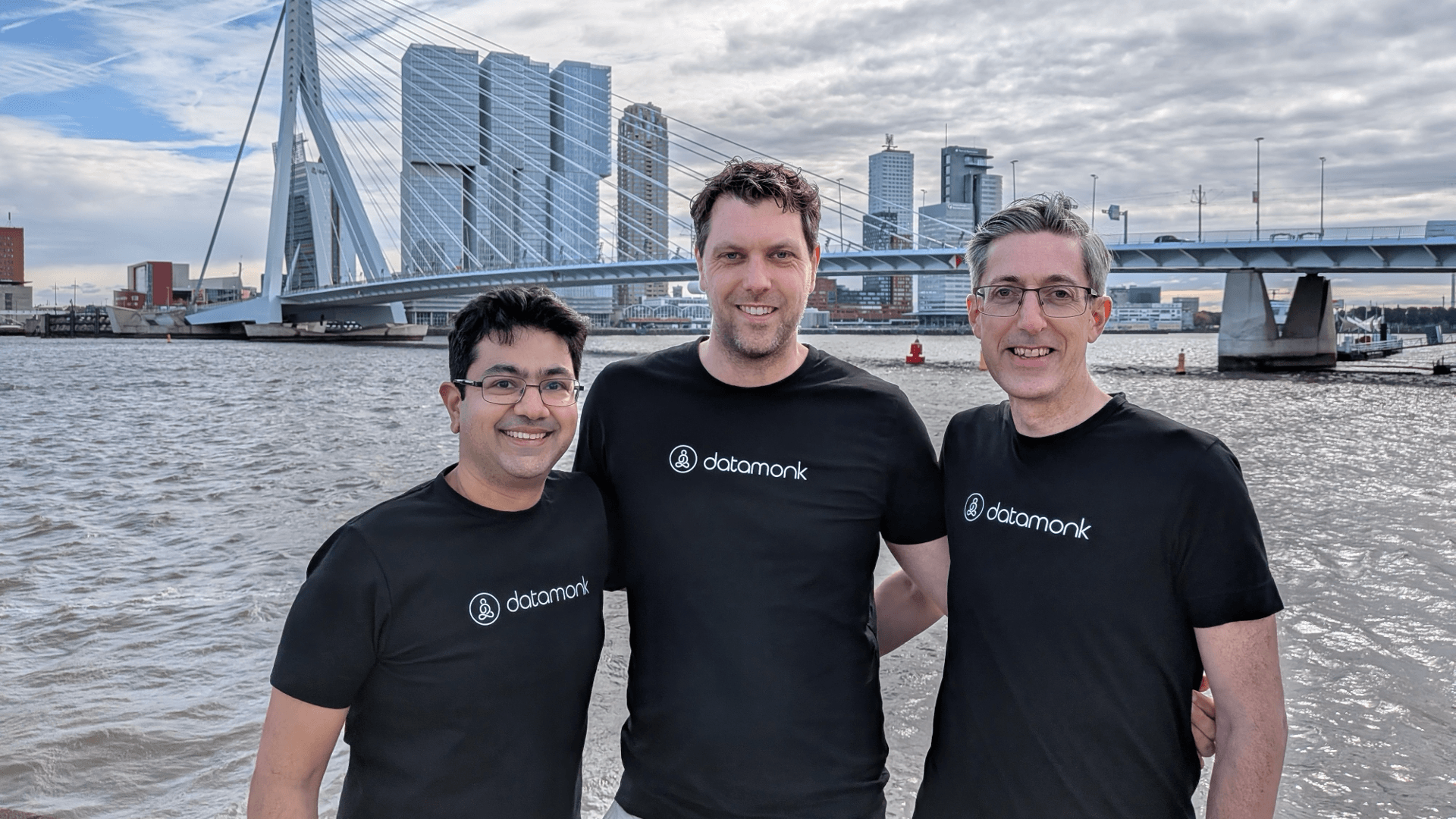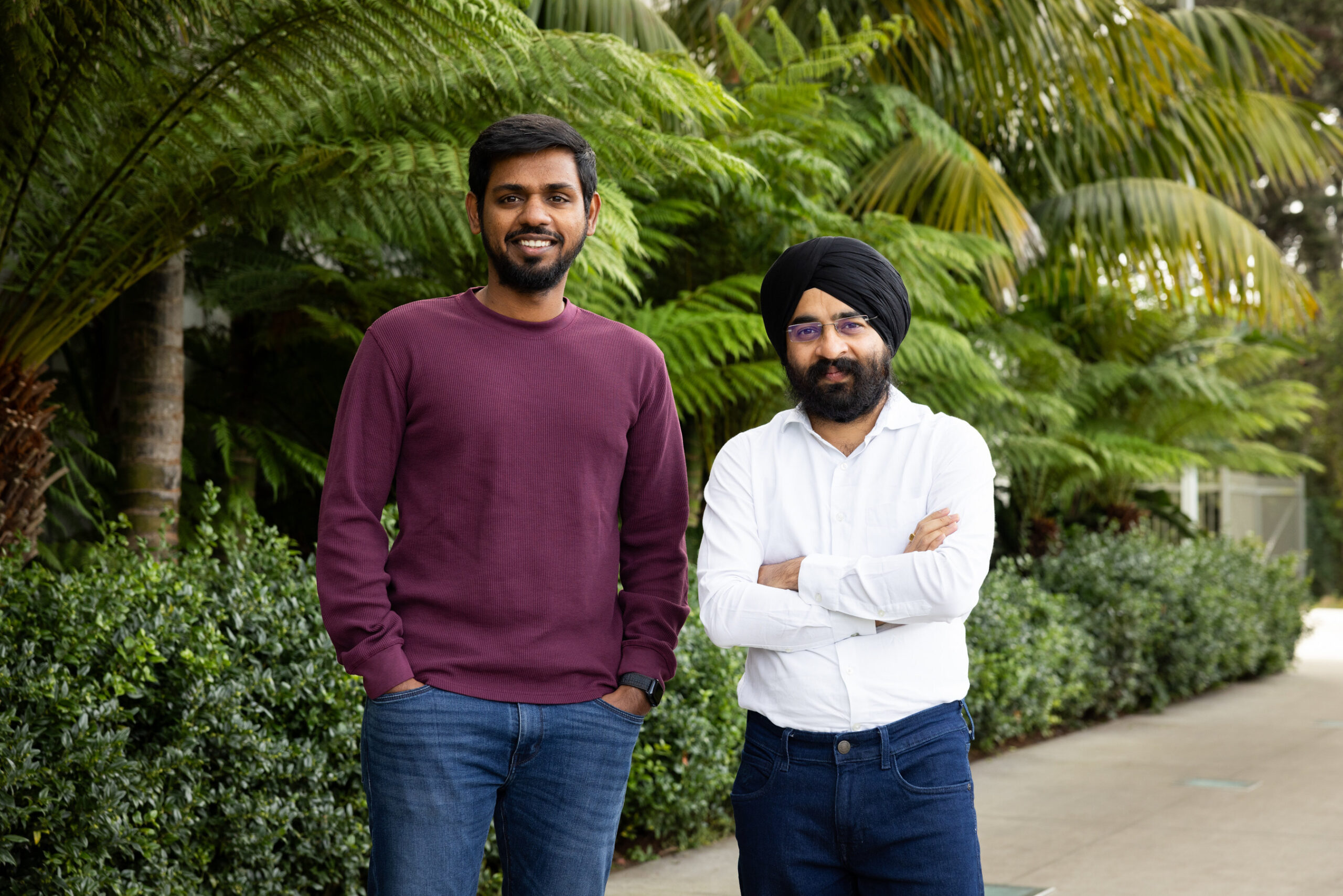In a bold bet on the backbone of clinical AI, Datamonk has locked in $1.9 million in pre‑seed funding to tackle one of healthcare’s least glamorous yet most foundational challenges: migrating, cleaning, and normalizing decades of medical imaging data. The round was led by Healthy.Capital and Nina Capital, and drew support from industry veterans Jeroen Tas (former Philips executive) and Harm‑Jan Wessels (founder of Applicare and Forcare).
Hospitals sit on vast troves of imaging studies—MRIs, CT scans, X-rays—locked inside systems like PACS and VNA. These systems were never built for fluid exchange, AI preparation, or large‑scale restructuring. The traditional model—hiring consultants, writing scripts, migrating data piecemeal—can take months or even years. For hospitals trying to adopt AI or integrate research workflows, that delay can be fatal.
Datamonk’s approach is different. Its platform leverages agentic AI agents that autonomously detect metadata inconsistencies, standardize naming and formats, and validate data integrity as part of the migration path. The idea: fewer manual handoffs, fewer errors, and a reliable, AI-ready dataset when the migration is done.
“Clean and connected data is the foundation for modern healthcare,” says Jaap Gielink, CEO and co-founder of Datamonk. “We don’t just move imaging data; we make it trustworthy for clinical workflows, research, and AI applications.”
His co-founders, Jai Bhatia (formerly of Viewics, now part of Roche) and Matthew Condron (ex-CTO at DesAcc), bring complementary strengths in analytics and migration tooling. Their combined domain experience gives them credibility in a space where technical trust matters as much as product.
As hospitals seek to modernize, this kind of invisible infrastructure may prove more important—and more enduring—than flashy front-end apps. The funding will support ramping up engineering, expanding to new geographies, and refining the AI agents to handle edge cases.
🧭 Editorial Perspective: Why Datamonk Could Be a Quiet Infrastructure Winner
Most healthtech headlines gravitate toward NLP chatbots, clinical AI detect‑and-alert systems, or telemedicine apps. Yet none of those are usable unless the underlying data is clean, unified, and queryable. Datamonk’s value proposition lies not in front-end bells and whistles, but in the plumbing—the silent work that must happen before anything else works.
If Datamonk can reliably reduce data migration timelines by factors of 5x to 10x and handle the nuance of real-world imaging complexity (across vendors, protocols, naming standards), it can become a default back-end for any health system serious about AI. That offers a strong moat: once a hospital’s imaging functions are normalized through Datamonk’s layers, replacing or extending the front-end becomes much easier.
This is also a bet that agentic AI can meaningfully handle domain complexity at scale. If successful, Datamonk sets itself up not just as a migration tool, but as a clearinghouse: repositories, research engines, predictive maintenance, federated imaging studies, and more.
It won’t be easy. Healthcare IT is notoriously slow-moving. Hospitals are conservative with migration projects. Demonstrating reliability in high-stakes environments (clinical, regulatory, security) is nontrivial. But the leadership team’s deep sector experience provides confidence they understand that. As imaging becomes increasingly central to diagnostics and AI, the invisible layers of data management become mission critical. Datamonk is staking its claim in that essential space.
If you need further assistance or have any corrections, please reach out to editor@thetimesmag.com.











